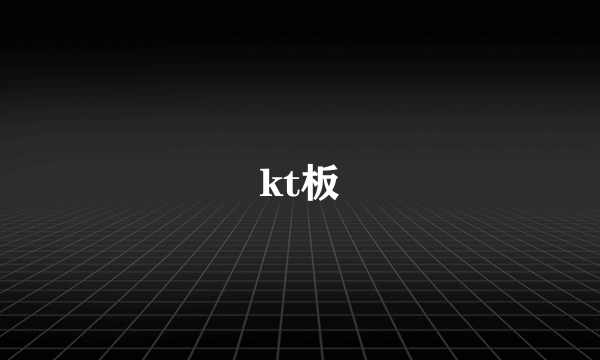比较级和最高级的用法
的有关信息介绍如下:比较级和最高级的用法在英语中主要用于表示事物的等级差别,包括“比较级”和“最高级”两种形式。比较级的用法基本结构:比较级用于两者之间的比较,基本结构是“形容词或副词的比较级 + than”。例如:He is taller than me. (他比我高)修饰词:比较级前可以用 much、a little、even、far 等副词修饰,表示程度的不同。例如:She is much more beautiful than her sister. (她比她姐姐漂亮得多)表示“越来越……”:使用“比较级 + and + 比较级”结构。例如:It's getting colder and colder. (天气越来越冷了)特殊用法:如“the + 比较级,the + 比较级”表示“越……,就越……”。例如:The more you read, the more knowledge you will get. (你读得越多,你获得的知识就越多)最高级的用法基本结构:用于三者或三者以上的比较,基本结构是“the + 形容词或副词的最高级 + 表示范围的短语或从句”。例如:He is the tallest student in our class. (他是我们班最高的学生)表示范围的短语:常见的有 in + 范围、of + 范围等。例如:This is the most expensive book of all. (这是所有书中最贵的一本)表示“最……之一”:使用“one of the + 最高级 + 名词复数”。例如:Beijing is one of the most beautiful cities in China. (北京是中国最美丽的城市之一)规则变化和不规则变化规则变化:单音节词和部分双音节词:词尾加 -er 构成比较级,加 -est 构成最高级。例如:short – shorter – shortest以不发音的字母 e 结尾的词:直接加 -r/-st。例如:late – later – latest重读闭音节词:双写辅音字母再加 -er/-est。例如:big – bigger – biggest以辅音字母 + y 结尾的词:变 y 为 i,再加 -er/-est。例如:grey – greyer – greyest不规则变化:一些词的比较级和最高级变化是不规则的,需要特殊记忆。例如:good/well → better → best;bad/ill → worse → worst;many/much → more → most




